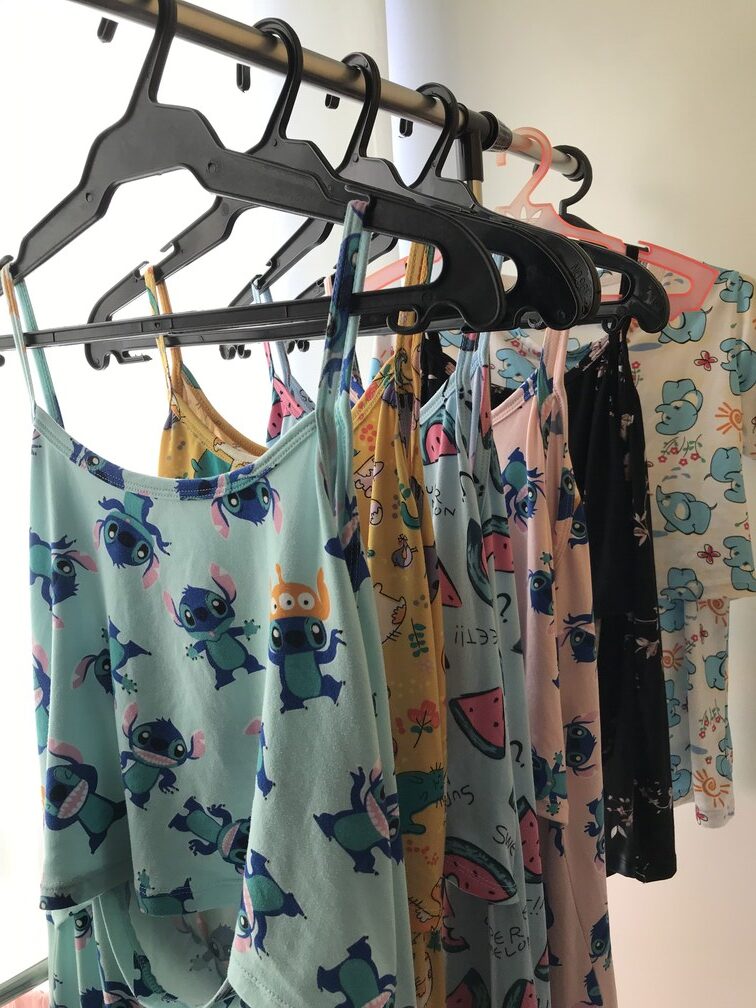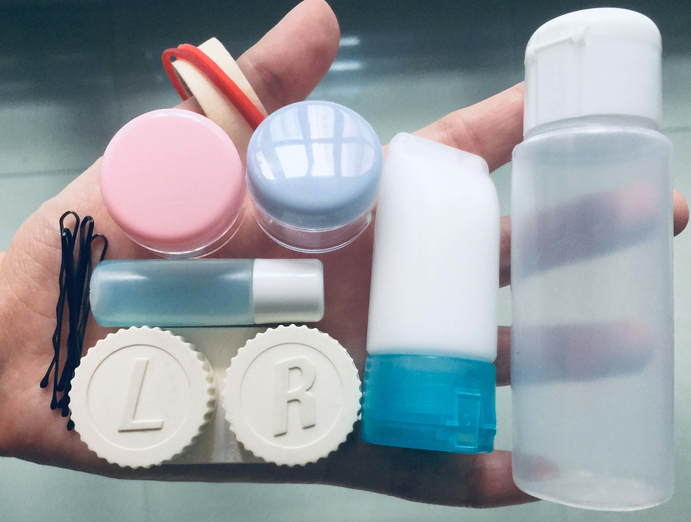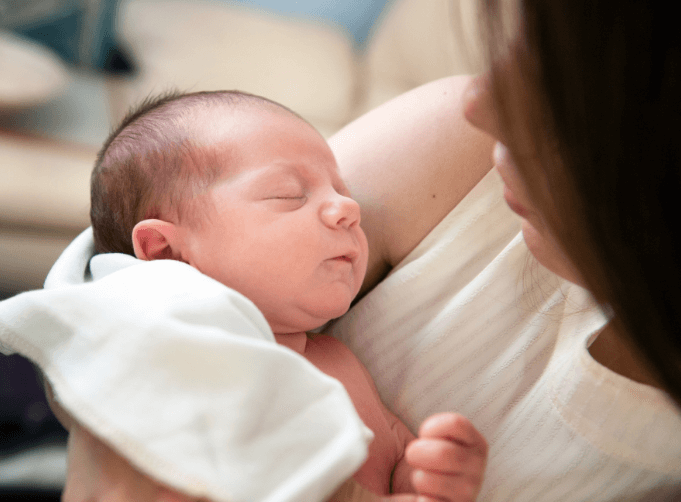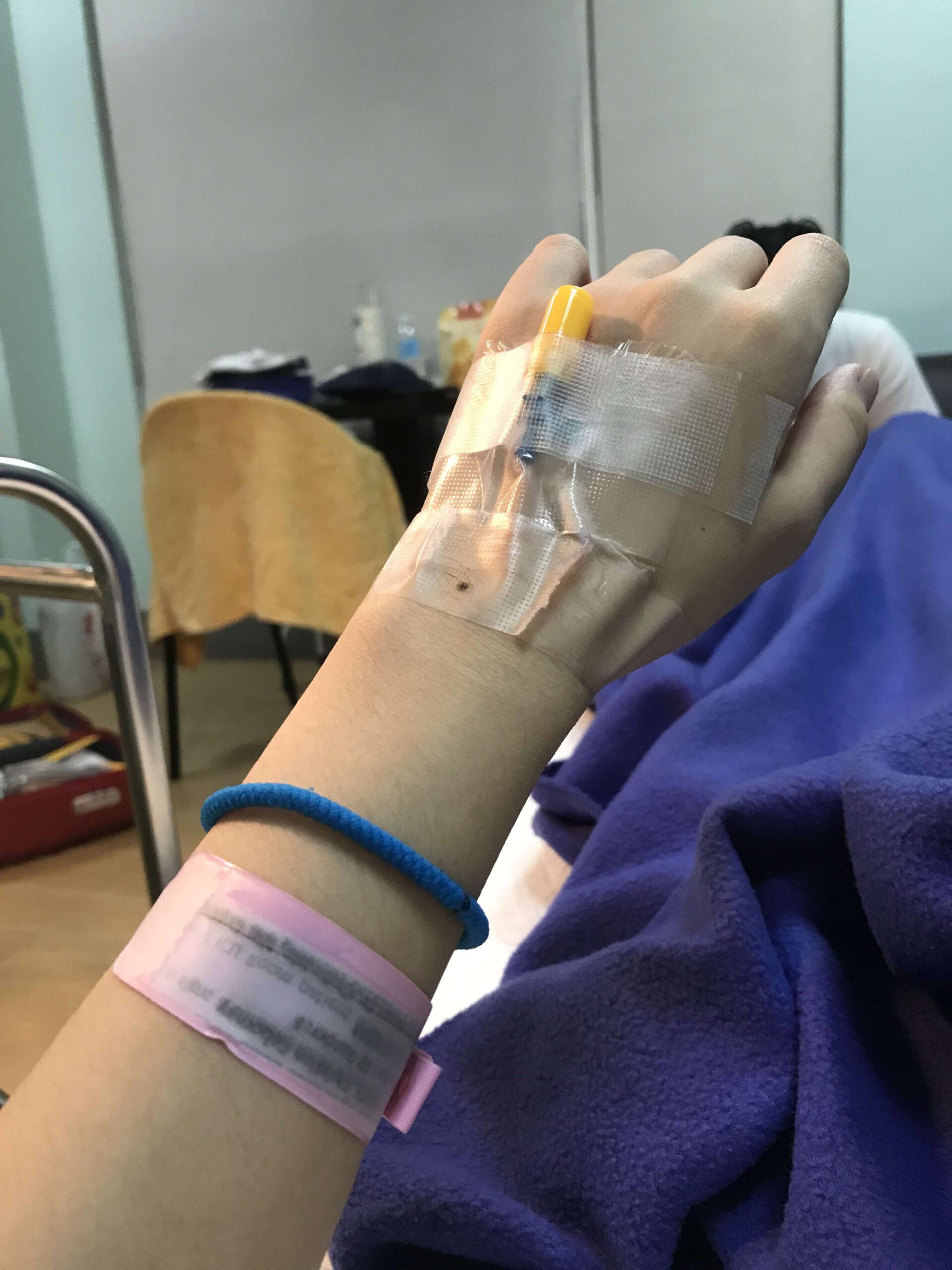C-Section Recovery Essentials and Tips For Faster Healing
Giving birth is a major feat and if you delivered via cesarean, you’ve got surgery to recover from. In this article, you will find the c section recovery essentials that can help you take care of yourself while also caring for your newborn.
I haven’t met anyone yet with a healthy pregnancy who freely chose to deliver via cesarean. According to the World Health Organization, c-section use continues to rise globally, now accounting for more than 1 in 5 childbirths. Some had it planned for medical reasons while some eventually had to be put under the knife on the day where they call it an emergency c-section.
C-Section for the first time
Whether it is decided earlier that you would have a c section or it was laid out for you to choose (without an option) down the lane, one thing will remain: recovery will be tough. And if it is your first time, you are in for a surprise.
You see, experience is the best teacher. You won’t truly know how this surgery can affect your body until you’ve gotten that cut. Even though I said it will be tough, you are probably like me who brushed it off with an optimistic smile and thinks there’s nothing I can’t handle. Well, you will need that positivity so hold on to that.
How to prepare for c-section recovery
Aside from having the necessities to help you postpartum, being informed and ready for the possibility of a c-section could help. There are tons of articles about cesarean delivery and chances are you know people who gave birth via c-section. Talk to them and ask for tips. Taking online birth classes will also give you a better understanding of not only the recovery but the procedure itself.
Does it help if a c-section is planned from the get-go? I would say yes. If you know what to expect, you can set your mind around it. You can read a lot from the beginning about how you can cope. Your doctor will also be preparing you months or weeks ahead by giving much-needed information.
What do moms need after a c section?
Before you leave the hospital with stitches covered with a dressing (bandage), you will be given instructions on how to care for your incision. I was told to change my dressing once a day for seven days.
If you notice redness, abnormal swelling, or pus in the incision area, let your doctor know immediately. They could be signs of infection and you have to be treated promptly.
Women who have just given birth need ample time for healing. Since recovery is not a breeze, help yourself to these c section recovery essentials that will make the postpartum period a bit easier.
1. Abdominal Binder
The point where I realized the impact of a c-section was when I had to get off my hospital bed for the first time. Apparently, the pain from my incision made sitting up, standing, and walking such a difficult task.
When a resident doctor visited my room to change my surgery dressing, she said having an abdominal binder will make the pain manageable especially when I have to move. So she ordered it and put it on me.
Before that, I actually thought binders are for the weak haha. I thought nah, I can manage without it. But after using it, it became my favorite recovery item. The binder bracing my abdomen made sneezing and coughing less painful too.
It is important to have the right size (many binders are not one size fits all) for you and to learn how to properly wear it. For the first few months, I was wearing my abdominal binder whenever I had to breastfeed while standing up.

There are many kinds of abdominal binders but this is the one I have. It uses velcro and is washable. If I remember correctly I used it for three months.
2. Adult Diapers or Overnight Panties
Even though you didn’t have a normal delivery, you will still have postpartum vaginal bleeding. The timeline is 10 days of heavy bleeding after birth and then light bleeding for about four to six weeks. I prefer using diapers or pants for the first few days and then switching to postpartum pads until the bleeding stops.
Adult diapers use Velcro-type tape to fasten and adjust the waistband. Overnight panties (also called menstrual pants) on the other hand are like disposable underwear. Because I have a cut on my abdomen and crouching was a pain, I was told that the tape diapers are better and more convenient to use for me.
3. Maternity or Postpartum Pads
Some brands have their own maternity pads but you may use the ones you regularly use. There are also herbal-infused pads available online (said to soothe and reduce irritation).
4. Post C-Section Underwear
There are lots of underwear meant for women who underwent a c-section. Some prefer the high-waisted panties because it covers the incision completely. What I had were the low-cut ones. Low enough not to touch the incision site.
5. Loose-fitting Clothing
Avoid wearing tight clothes that will rub on the wound on your abdomen (except for the c-section leggings). If you are breastfeeding, it is best to use nursing wear like these.

Aside from being presko, it gives you convenience when you need to feed your baby.
6. Pain Reliever
The pain from a c-section is no joke. Come to think of it, what do you expect to feel with a 6-inch cut? Me? I did not expect it to be that agonizing. It was major surgery after all. Pain relievers are prescribed before they discharge you from the hospital. So follow the instructions given to you and take the meds as needed. You may confirm with your doctor if the meds are safe for breastfeeding.
7. Stool Softeners
Bowel movements become a concern after giving birth. If you labored and pushed for hours, your pelvic floor muscles were stretched and strained. If your c-section was planned and there was no labor experienced, there is still a chance you will be constipated because of the medication given to you during the surgery. I have not been prescribed stool softeners right away but I had to ask my doctor for it a month after I gave birth.
8. Skin Salve
Your c-section scar will first look puffy and dark. Give it about nine to twelve months and it would be lighter than your skin. Some feel that the incision site can get itchy. Resist scratching it or put on some soothing balm. If you are bothered by your scar’s appearance, there are scar creams that claim to make it look a bit better.
9. Prenatal / Postnatal Vitamins
It is still recommended that you take vitamins after giving birth. I was advised to continue my prenatal vitamins (iron, folic acid, vitamin c) so it can help with my recovering body.
There are also instances when mothers recovering from c-section experience gas pains. It is because air can get trapped in the abdomen while you are being stitched up. Along with having sleepy bowels and the decrease in movement because of surgery, gas pains can hurt you like crazy.
I was blessed to have dodged (not completely though) this side effect. I felt it too but only for a short while (and a little late if I may say). Like I just suffered a wave of pain while at home and I know it was this one. My mom advised me to apply a heating pad to my abdomen. I don’t remember if I took any medicine.
Breastfeeding must-haves after a c-section
You become a source of food when you are a mom. Thankfully, you have a milk bar to offer your newborn. However, not all moms have it easy when it comes to breastfeeding. Nursing has its own challenges especially if it is your first time.
If you delivered via c-section, you will find that some breastfeeding positions tend to be difficult to undertake. Ask a lactation nurse to show you the best ways you can position your nursing baby.
Here are some items to help get you comfortable while nursing.
10. Nursing pillow
Because it props up your baby, there will be less bending (and straining) your back when you nurse. This U-shaped pillow embracing your stomach will also protect your incision site from catching the weight of your feeder.
11. Breast shells
These are usually made of silicone and have the same benefit as a milk catcher. Using breast shells while nursing on a side-lying position can help you collect letdown milk for later use.
Although babies are unique, a nursing session with a newborn may last for more than 30 minutes. Find a comfortable position for you and your baby at the start of each feeding. Bad posture can add strain to your body.
I am still debating whether I should include this here. But because most of us parents (if not all) would be willing to multitask just to get things done, here’s one item to help you work and parent at the same time.
12. Baby Wrap Carrier
Not only does this item lets you carry your baby hands-free. Your baby can also nurse while strapped on you. Another great thing about baby wraps is you can adjust them for a snug fit. You can wear it without the carrier (or your baby) reaching your incision.
Still, it is better if dad or somebody else can take the duty of rocking the baby to sleep.
C-section Postpartum Care Kits
If you know you will deliver via c-section and are feeling lazy searching and selecting items listed above, there are postpartum care boxes that cover almost everything you need. You can do a quick search online and you will see a number of kits available. These packages usually cost more though.
Best c-section recovery tips
I’d say the hardest part of the battle was when you are back home. With a newborn demanding everything he needs and the chores that have no end, you will want to be on your feet again. Except, your body needs its break.
- Take plenty of rest. You are tired and you need sleep. Energize your amazing body by grabbing the opportunities to rest and sleep.
- Keep the incision area dry and clean. Instructions will be given before they let you out of the hospital. They gave me waterproof dressings so I didn’t have to worry about keeping my incision dry when I take a bath.
- Do not lift heavy objects. Even if you did not deliver via c-section, you will still be reminded to not carry anything heavier than your baby.
- Eat nutritious food and stay hydrated. Fuel your body with the nutrients it needs and don’t forget to drink plenty of water (especially breastfeeding moms).
- Ask for help. You don’t need to do everything at home by yourself. The transition to motherhood isn’t as easy as you may have imagined. Welcome help and take baby steps for now.
- Attend your postpartum appointment. You would have to go back to your doctor so he or she could check the healing of your incision and your health status. Don’t skip it. It’s also your chance to ask or clarify recovery-related matters.
- Have a good walk. To be honest, I hated this advice during the first days after birth. I know people meant well when they said I should walk a lot because it will speed up healing. It’s just that I found it ridiculous at the time. How would I walk when it takes all I could muster just to stand up? Anyway, you really have to walk (for bathroom breaks and stuff). Walking prevents blood clots and helps against constipation.
The first few months after giving birth is one of the most challenging phases of a mother’s life. Read this fourth trimester guide so you know what to expect and how you can prepare.
Both your mind and body will bear the difficulty of childbirth, and the life changes brought about by your baby. Try to relax even if things are hard. Take one step at a time until you are fully recovered.








One Comment